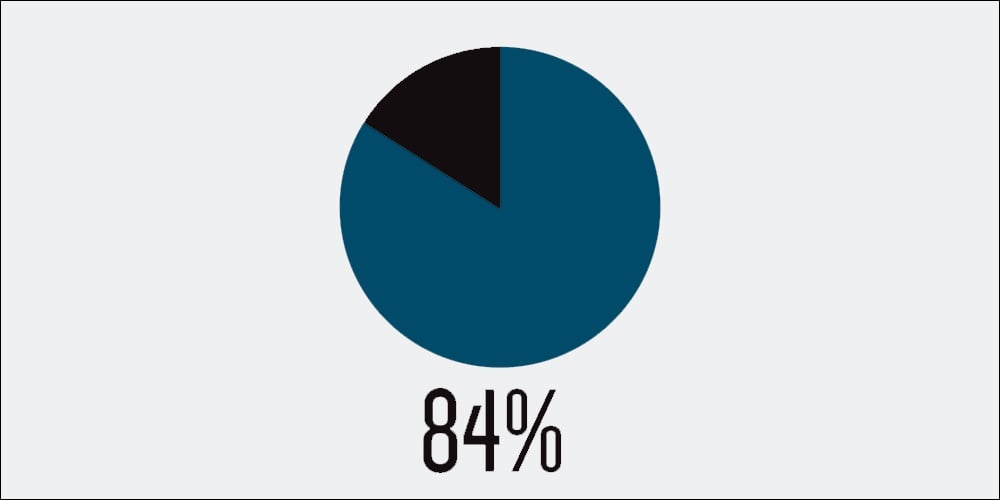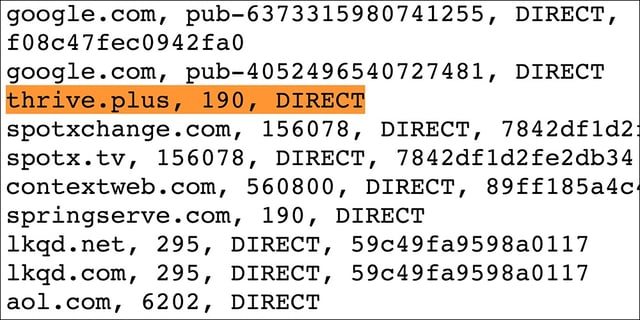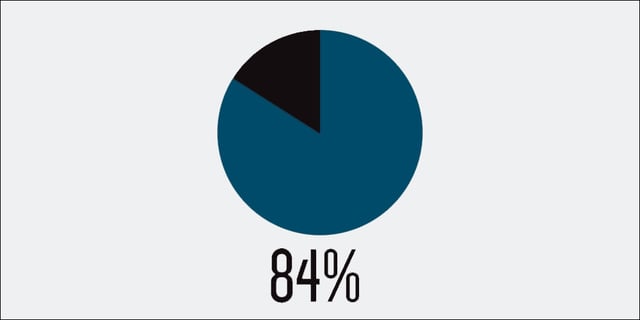
This week's review of ad fraud and quality in the digital advertising space.

Digiday recaps the current state of video ad fraud, writing, "Fraudsters are pivoting to video, which is bad news for publishers looking to siphon cash from the growing pot of video ad spend." The article added, "Among different types of video inventory, fraudsters go after the most premium stuff. Bots drive just 4 percent of mobile web video traffic. But for over-the-top video — where CPMs are much greater than the mobile web — 20 percent of traffic is from bots, according to Pixalate."

Advertising Age reports that "Chase is unlikely to go all-in on ads.txt until the majority of publishers on its whitelist adopt the initiative," noting that as of now, "[a] decent portion of Chase's whitelist has yet to implement ads.txt." The article added, "Overall, however, roughly 25 percent of the leading top 5,000 websites have adopted ads.txt, according to Pixalate data." Download the full list of sites with ads.txt here.

AdExchanger has reported that "Publishers are being deluged with emails from 'agencies' and 'digital marketing solutions' companies threatening to stop buying inventory unless they’re added to the Ads.txt file." The article noted, however, that " ... the publishers have the leverage. It’s the buyers who are at risk because if they aren’t added to Ads.txt, they can’t resell the publisher’s inventory. If that’s their only business model, they’re in trouble." You can download the list of sites that have added Thrive+, one of the companies making the request, to their ads.txt files.

New estimates from eMarketer call for U.S. programmatic digital display ad spend to reach $32.56 by the end of this year, rising to $45.72 billion by 2019, representing 83.6% of all U.S. digital display ad spend. Additionally, "By 2019, nearly 80% of programmatic ad spend will go to mobile—rather than desktop—ads," eMarketer noted.

MediaPost has reported, citing a report from Advertiser Perceptions, "Some 32% of marketers plan to bring programmatic buying in-house." MediaPost wrote, "Most advertisers see the benefits of programmatic buying in improved targeting, data, time and cost efficiencies -- but concerns over fraud, brand safety and verification continue to rise."
Sign up for our blog to stay updated with new stats, trends, and analysis on digital ad fraud.
*By entering your email address and clicking Subscribe, you are agreeing to our Terms of Use and Privacy Policy.
These Stories on Weekly Recaps
*By entering your email address and clicking Subscribe, you are agreeing to our Terms of Use and Privacy Policy.

Disclaimer: The content of this page reflects Pixalate’s opinions with respect to the factors that Pixalate believes can be useful to the digital media industry. Any proprietary data shared is grounded in Pixalate’s proprietary technology and analytics, which Pixalate is continuously evaluating and updating. Any references to outside sources should not be construed as endorsements. Pixalate’s opinions are just that - opinion, not facts or guarantees.
Per the MRC, “'Fraud' is not intended to represent fraud as defined in various laws, statutes and ordinances or as conventionally used in U.S. Court or other legal proceedings, but rather a custom definition strictly for advertising measurement purposes. Also per the MRC, “‘Invalid Traffic’ is defined generally as traffic that does not meet certain ad serving quality or completeness criteria, or otherwise does not represent legitimate ad traffic that should be included in measurement counts. Among the reasons why ad traffic may be deemed invalid is it is a result of non-human traffic (spiders, bots, etc.), or activity designed to produce fraudulent traffic.”

